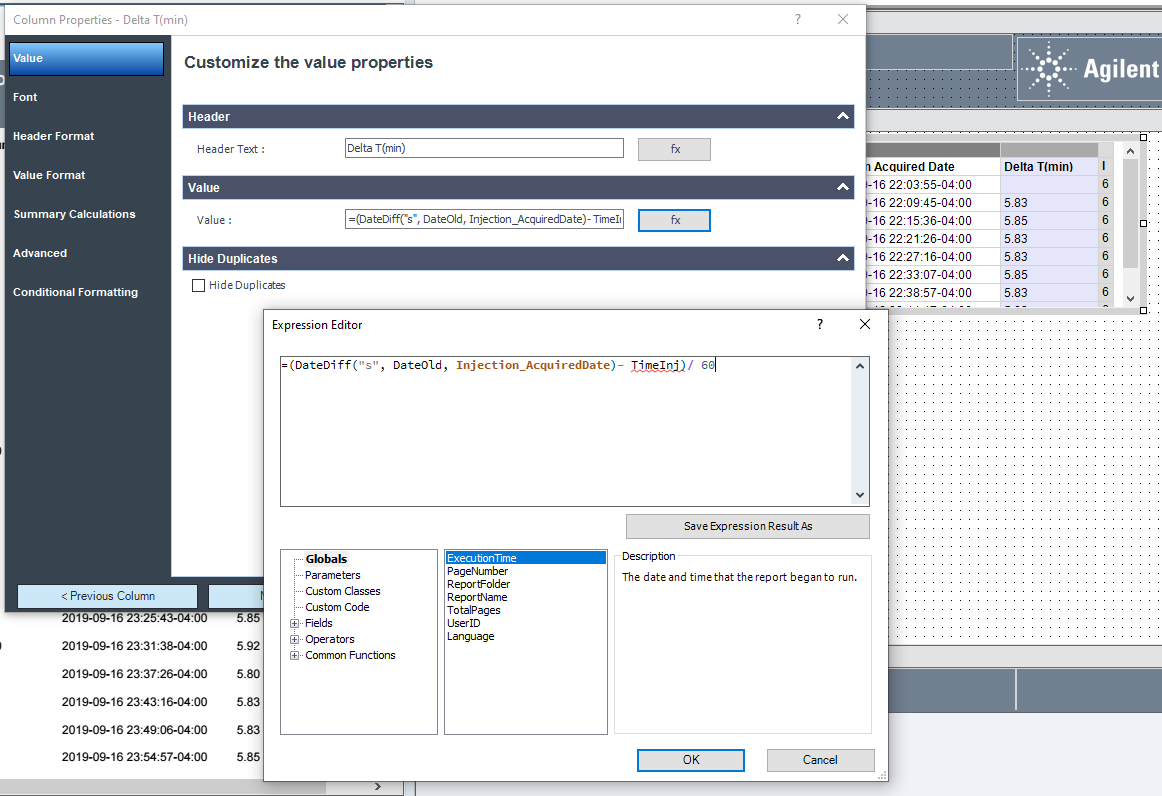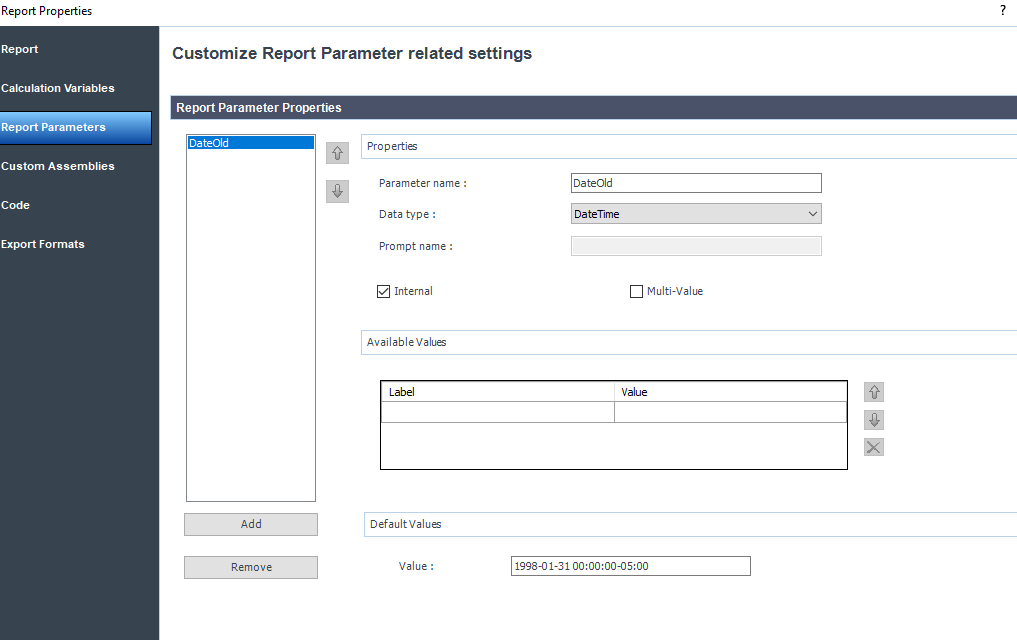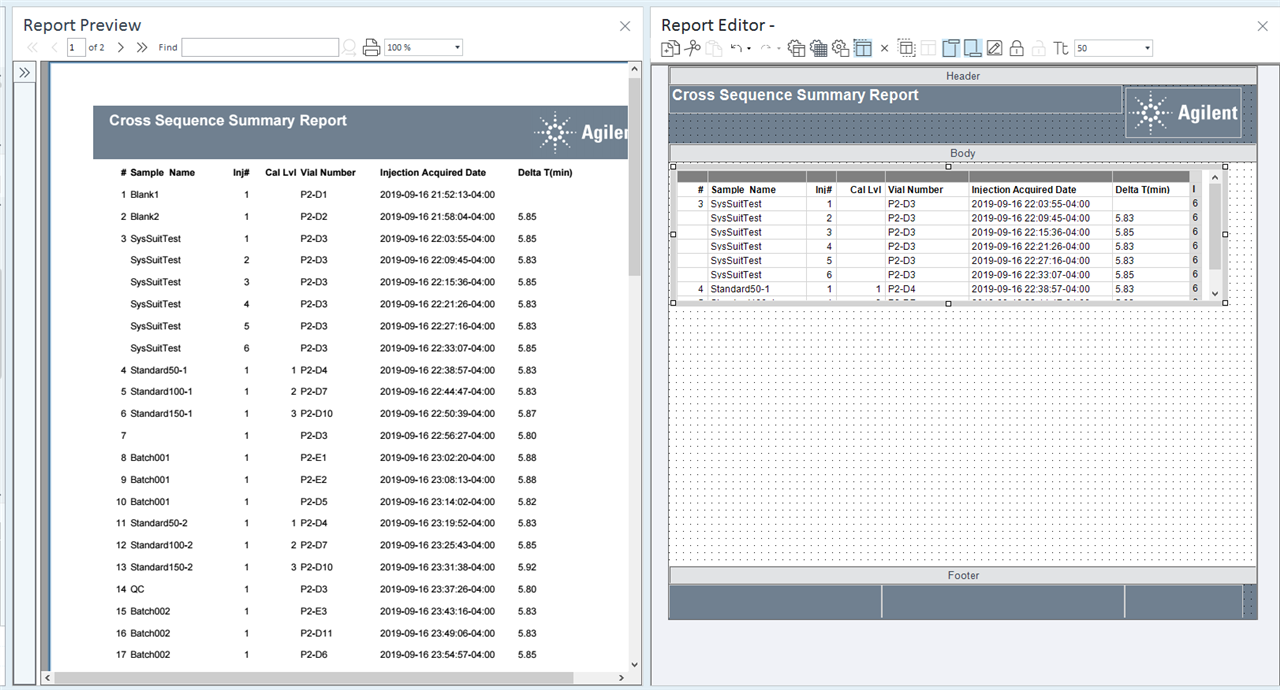I need to enter two times based on experimental data, and use those values in a datediff function. The calculations related to radioactive decay. I have set up Report Parameters for the two times, formatted as datetime. However, when I execute the report I am unable to enter a time; I can only enter the date. Are the report parameters incorrectly configured, or is this not possible? The entry box allows me to enter a date but I cannot continue to adding the time.
Or is there a better way to do this?
Certainly I could just change the default for the report parameters each time I generate a report, but that seems like a clumsy workaround.




